As Israel continues to pound besieged Gaza at a huge human cost – nearly 3,000 killed, in retaliation to an embarrassing Hamas raid into the mainland, Muhammad Nadeem offers a precise chronology of the conflict that has eluded a solution for a long time
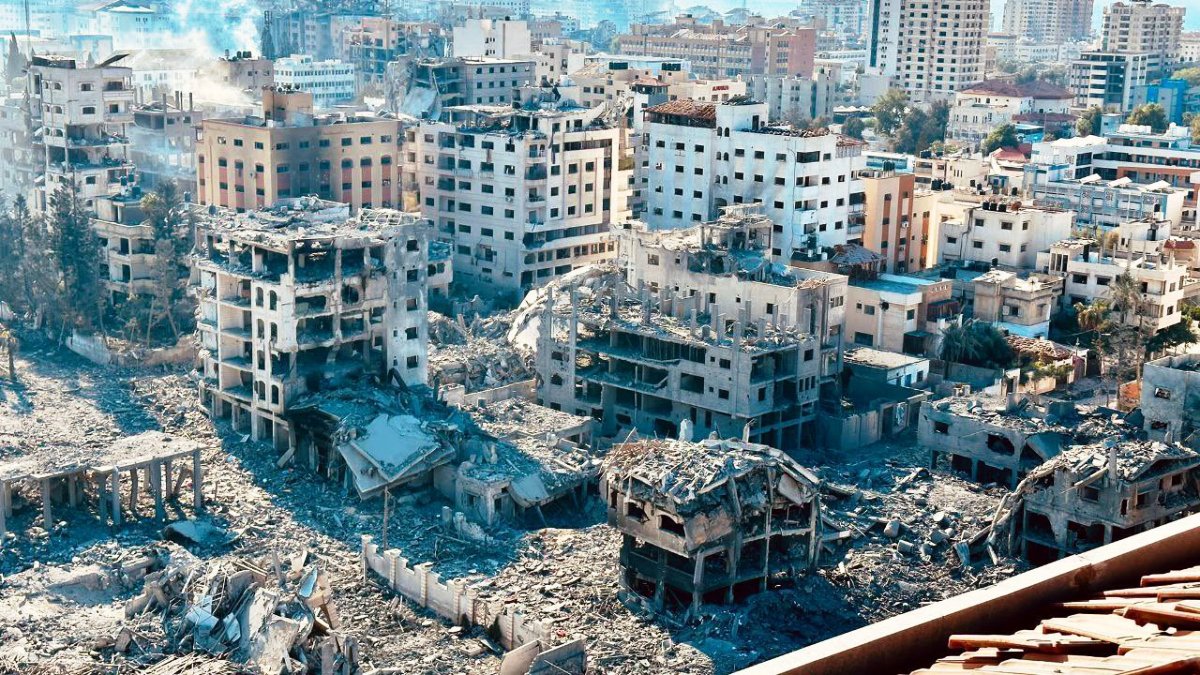
Before World War I (1914-18), Palestine was part of the Ottoman Empire. Zionist immigration and settlement started increasing through land purchases that often displaced the majority of Arab peasants. In 1917 Balfour Declaration pledged British support for a Jewish national home in Palestine despite Arabs comprising more than 90 per cent of the population. It amounted to a declaration of war against the Palestinians.
In the interwar period, the British governed Palestine under a League of Nations Mandate drafted to facilitate the Zionist project. Jewish immigration expanded rapidly, the Jewish population tripled, and the Zionist para-state controlled large tracts of strategic land. Palestinians resisted through protests, riots, and strikes, but the conservative leadership’s appeals to Britain were futile.
Frustration led to the 1936-39 Arab Revolt. Though violently suppressed by Britain, the revolt obliged a policy shift. The 1939 White Paper proposed limits on Jewish land purchases and immigration, but its provisions were not implemented before the war erupted. By 1939, the British-supported Zionist movement had the population base and military capacity to establish control over Palestine.
Palestinians were politically divided, socially conservative, and disadvantaged by the single-minded Organization of the Zionist movement compared to their own ineffective leadership. The British practice of divide-and-rule aggravated these problems.
Britain provided force, which violently crushed the Arab Revolt. By the end of the Mandate, the Zionist para-state apparatus was in place to assert control. Palestinian demands for self-determination and independence were denied, and the country fatefully transformed against the will of its indigenous Arab majority.
1947–1948
The partition of Palestine and the creation of Israel in 1947-1948 represented a major turning point in the history of the region. By the end of World War II Britain was seeking to limit Jewish immigration to Palestine to avoid conflict with the Arab population. However, the Zionist movement successfully lobbied the United States and Soviet Union, the new superpowers, to support the partition of Palestine into Jewish and Arab states. This was seen in the UN General Assembly’s passage of Resolution 181 in November 1947, which called for the creation of a Jewish state in a majority Arab land.
Opposed to partition, the Palestinians lacked the state structures and international support to effectively resist it. The Arab states were under heavy British influence, divided by rivalries and incapable of any help. Moreover, figures like King Abdullah of Transjordan had territorial ambitions of their own in Palestine. Palestinians attempted to send envoys to Arab leaders but were rebuffed.
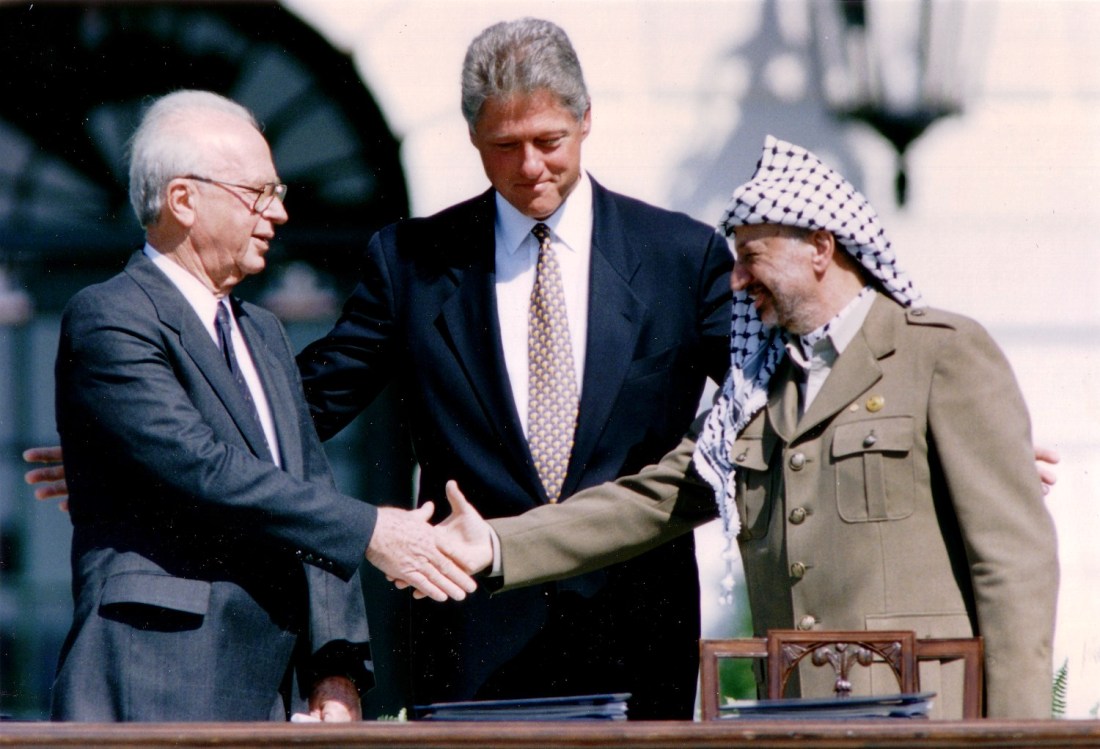
In a quick follow-up, Zionist paramilitary began wresting territory allotted to the Jewish state, as well as areas meant for the Arab state like Jaffa and West Jerusalem. This often involved expelling or forcing the flight of the Arab population, as in Tiberias and Safad. The Deir Yassin massacre in April 1948 intensified the Palestinian exodus. The proclamation of Israel in May 1948 was followed by the entry of Arab armies, but they were unable to alter the situation. Israel defeated them and seized more territory, adding to the exodus.
The Nakba transformed Palestine from an Arab-majority country into a Jewish state. This was achieved through systematic ethnic cleansing and confiscation of Palestinian lands. Palestinians who remained in Israel were placed under martial law. The majority were now destitute refugees displaced to neighbouring states like Jordan and Lebanon or confined to territories under Egyptian and Jordanian control. This shattered Palestinian society and spawned lasting grievances. Clandestine armed raids by Palestinian infiltrators in the early 1950s triggered major Israeli reprisals. This dynamic eventually helped precipitate the Suez Crisis in 1956, when Israel invaded Egypt in collusion with Britain and France.
The Rise of the PLO
In the aftermath of the Nakba in 1948, small militant groups emerged in the 1950s and 1960s to relaunch the Palestinian nationalist movement. These groups, founded by George Habash’s Movement of Arab Nationalists (MAN) and Yasser Arafat’s Fatah, aimed to put the Palestinian cause back on the agenda through symbolic attacks against Israel. Their activities triggered the 1967 war, which resulted in Israel’s occupation of the West Bank, Gaza and East Jerusalem.
This brought the Palestine Liberation Organization (PLO) into the centre stage. With Arab League backing, PLO gained observer status at the UN and opened missions in over 100 countries.
The PLO exhibited policy shifts. The 1964 National Charter called for reversing Israel’s creation. By the late 1960s, it advocated a single democratic state in Palestine for both Jews and Arabs. In the early 1970s, hints emerged of supporting a two-state solution. However, it did not convince Israelis or Americans of the importance of this ideological evolution.
The PLO faced numerous enemies during Lebanon’s civil war in 1975. Israel saw the war as a chance to retaliate for PLO attacks from Lebanon and weaken Palestinian nationalism, with US support. It backed the right-wing Phalangists, which massacred Palestinians in Tel al-Zaatar camps in 1976. The US was in touch with PLO but never accepted it. When Israel discovered the US-PLO contacts, it assassinated the PLO personnel involved.
In 1978, the US acquiesced to Begin’s plan at Camp David to exclude the PLO from peace talks, aligning with Israel’s rejectionism and freezing out Palestinian rights. However, despite blows from Israel, Syria, Lebanon and Arab regimes, the PLO displayed resilience, surviving even when other powers controlled most of Lebanon. Between the 1950s to the early 1980s, the PLO successfully internationalised the Palestinian nationalist cause.
Israeli Invasion of Lebanon
The 1982 Israeli invasion of Lebanon was a pivotal event in the history of the Israeli-Palestinian conflict. Israel’s war objective was to eliminate the PLO’s presence in Lebanon, install a compliant government in Beirut, and weaken Palestinian nationalism. Eight military divisions drove Syrian troops out and laid a 7-week siege to Beirut.
Regan’s administration was hand-in-glove with Israel. The US sought to eliminate a Soviet-aligned PLO but became embroiled in Lebanon’s civil war. The invasion turned into terrible human costs, including the Sabra and Shatila massacres facilitated by Israel. This led to unintended consequences: catalysing Hamas and the first intifada.
The Intifada
The Palestinian uprising, the first Intifada erupted in December 1987 when an Israeli army vehicle struck a truck in Gaza, killing four Palestinians. The uprising quickly spread, with the Gaza Strip as its crucible. The intifada generated extensive local organisation and flexible clandestine networks that proved impossible for Israel’s military authorities to suppress.
The intifada involved tactics from demonstrations and strikes to boycotts and civil disobedience. Though protests sometimes turned violent, the uprising was predominantly nonviolent, which helped mobilize all sectors of Palestinian society and showed that the entirety of the population opposed the occupation. It mobilised international sympathy too.
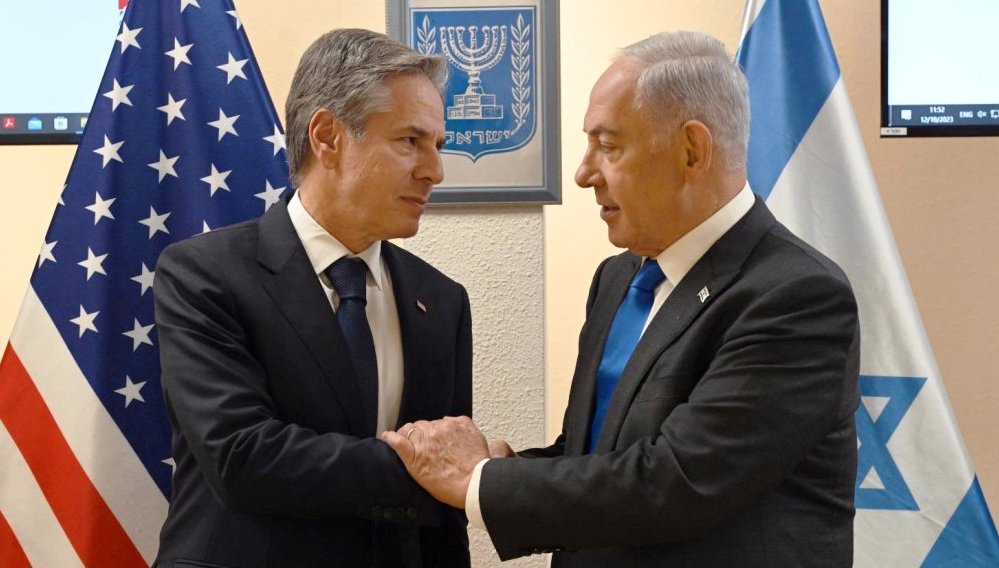
The Intifada pressured Israel’s government to seek modifications to the occupation. Defence Minister Yitzhak Rabin realised force alone could not control the resistance. He authorised secret direct contacts between Israel and the Tunis-based PLO. This led to the 1993 Oslo Accords, which created the Palestinian Authority (PA) as part of limited self-rule in parts of the West Bank and Gaza.
Negotiated in haste by inexpert Palestinian envoys outmatched by their counterparts, the Oslo Accords led to agreements essentially formalising Israel’s control. The PA has no sovereignty or authority except as allowed by Israel. The Accords fractured Palestinian lands into disconnected cantons surrounded by expanding Israeli settlements, walls, and checkpoints, besides enlisting the PLO as a subcontractor for the occupation by making it responsible for Israeli security against Palestinian resistance.
When the Second Intifada erupted in 2000, Israel reoccupied PA territory and Yasser Arafat became a virtual prisoner until he died in 2004. The unequal Oslo Accords enabled Israel to continue occupying Palestinian lands while offloading security burdens onto the PA. This preserved Israeli control without the costs of directly governing a restive populace.
The US, literally a partner, provided political, diplomatic, financial and military support for Israel’s annexation of the West Bank and East Jerusalem. Successive US administrations enforced the Oslo framework as the only possible path for Palestinians.
From Hope to Disillusionment
The Oslo Accords were initially met with great hope and euphoria in occupied Palestine. After decades of displacement, occupation and violence, it seemed that a diplomatic path to Palestinian statehood and self-determination was finally underway. The situation deteriorated further.
The Palestinian Authority (PA got a bit of autonomy but Israel retained overall control and continued to expand illegal settlements; restrict movement, and introduce elaborate permit systems, checkpoints and road closures that isolated Palestinian towns and villages from each other. Unemployment, poverty and economic decline grew worse in the decade after Oslo despite promises of prosperity.
The Rise of Hamas
Hamas‘s emergence as a militant Islamist alternative to the secular PLO was the outcome of the First Intifada in 1987. It rejected negotiations with Israel and called for resistance to liberate Palestine. During the Oslo years, Hamas carried out suicide bombings aimed at derailing the peace process.
Intifada-2 was triggered by Ariel Sharon’s visit to the Haram al-Sharif in 2000. Israel killed more than a thousand Palestinians.
In follow-up, suicide bombings spread inside Israel, now including factions like Fatah. Hamas and Fatah descended into open conflict as blame shifted over the failure of diplomacy and return to violence. Israel reoccupied West Bank cities with force and imposed a siege on Yasser Arafat’s compound until he died in 2004. Intifada-2 was a disaster that buried the last shreds of hope that Oslo would lead to statehood.
The Blockade, Wars
After Arafat’s death, Mahmoud Abbas became president of the PA. The Hamas victory in the 2006 legislative elections prompted a Western boycott and Israeli refusal to deal with a PA that included Hamas. Clashes led to a Hamas takeover of Gaza in 2007, after which Israel imposed a crippling blockade on the strip. This split the Palestinians territorially between Hamas in Gaza and Fatah in parts of the West Bank.
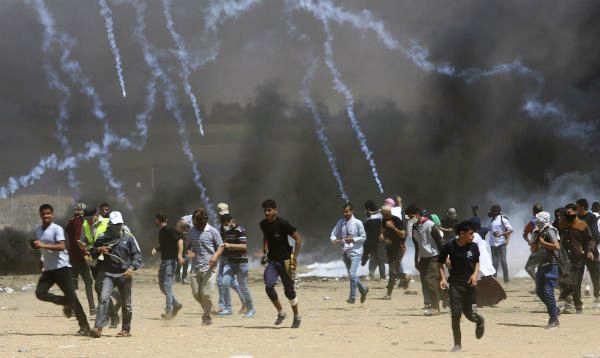
Between 2008 and 2014, Israel launched three major assaults on Gaza. Ruining part of it, thousands were killed in F-16 bombings, tank shelling, and assassinations. Israel invoked its Dahiya doctrine calling for disproportionate force against civilian areas; killing –more than 3,800 Palestinians as 87 Israelis were also killed.
Mainstream media reported Israel’s actions as self-defence. PA credibility took a huge hit in the West Bank and Abbas clung to power without elections after 2009.
Shifting American Opinion
Initial rhetoric notwithstanding, the Obama administration remained pro-Israel. Though he appointed George Mitchell as envoy in hopes of reviving talks, but he was undermined by Congress and by Dennis Ross inside the administration. Israel continued using US weapons to attack Palestinians.
Gradually, American public opinion witnessed noticeable shifts but it did not help dictate a policy shift. Obama demitted office with the status quo intact in Palestine. Settlement growth continued as Palestinians remained stateless under occupation.
Death and Destruction
In 2005, Israel unilaterally withdrew from the Gaza Strip but the occasional clashes continued. It followed Hamas’s win in January 2005 polls, the results of which were rejected by Israel, the United States and the European Union. In June 2006, Hamas fighters carried out a cross-border raid, capturing an Israeli soldier, Gilad Shalit. Israel responded with airstrikes and sent ground forces into Gaza, beginning a yearlong blockade of the territory. The scarcity of essentials became normal.
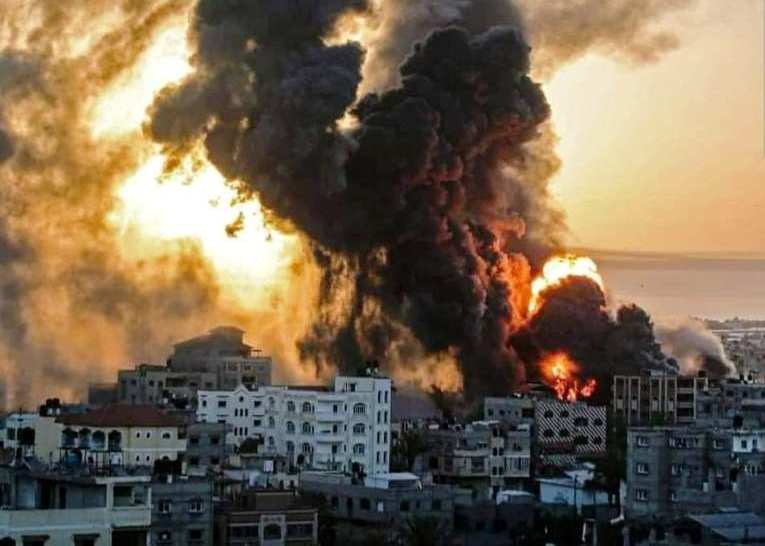
In December 2008, Israel launched Operation Cast Lead, a punishing 22-day air and ground offensive in which 1,400 Palestinians and 13 Israelis were killed. A ceasefire brokered by Egypt held for the next few years.
In November 2012, Israel assassinated Hamas chief Ahmed Jabari and launched an eight-day bombing campaign against Gaza. The heaviest fighting, however, came in 2014, after the murder of three Israeli teenagers in the West Bank.
It triggered a ferocious 50-day bombardment in which 2,200 Palestinians and 73 Israelis were killed.
In 2018, nearly 200 people were killed in sniper fires. In May 2021, tensions in Jerusalem triggered another round of intense fighting between Israel and Gaza in which 260 civilians were killed in 11 days.
August 2022, witnessed the last major confrontation that was triggered by the arrest of a senior Islamic Jihad commander.














